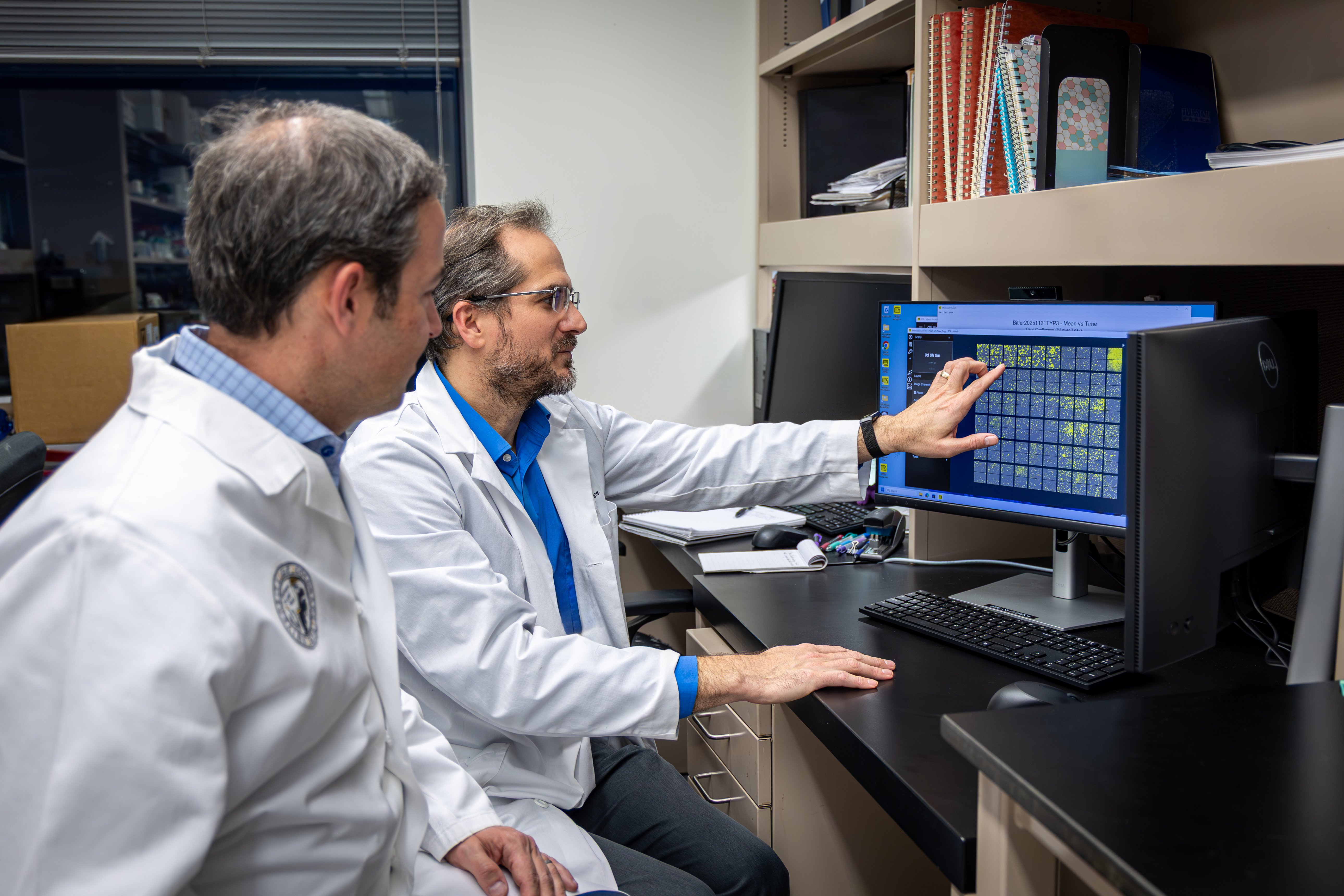A new paper in Cell Systems explores the importance of using multiple data types in drug discovery. The paper screens over 1,000 drugs tested in six doses and demonstrate that gene expression and cell morphology provide different information for drug prioritization.
Led by biomedical data scientist Gregory Way, PhD, MS, the study showcases that by using these two data types simultaneously, scientists can measure fundamentally different aspects of the drug’s biology.
“We believe these two popular methods can be used to our advantage in designing drugs that address the full complexity of biology,” said Way, who is an assistant professor in biomedical informatics at the University of Colorado Anschutz Medical Campus.
Way and a team of data scientists found that the two data types provide a partially shared but also complementary view of drug mechanisms. They said using both approaches can advance drug discovery, functional genomics and precision medicine in unique directions.
Leveraging the multifaceted effects of drugs
“While labeling drugs based on mechanism of action is incredibly powerful, the approach risks missing a bigger picture. Both data types, collected via phenotypic drug screening, embrace the complexity of biology and can allow scientists to study and leverage the multifaceted effects drugs can offer,” Way adds.
Their paper shows how the assays compare with each other on useful biological tasks (e.g., mechanism of action prediction) given all the sources of variation/noise and current best practices in the data processing. The phenotypic drug screening approach allows researchers to measure thousands of features of thousands of different drugs in a single experiment.
“We hope our analysis can guide researchers in experimental design and in understanding the limitations of their particular profiling modality to provide more consistent measurements and maximize the potential for drug discovery successes,” Way said.
The paper, which was published today, guides scientists in planning experiments that profile cells for reversing disease phenotypes, quantifying cell response to chemical or genetic perturbation and querying drug mechanisms.




